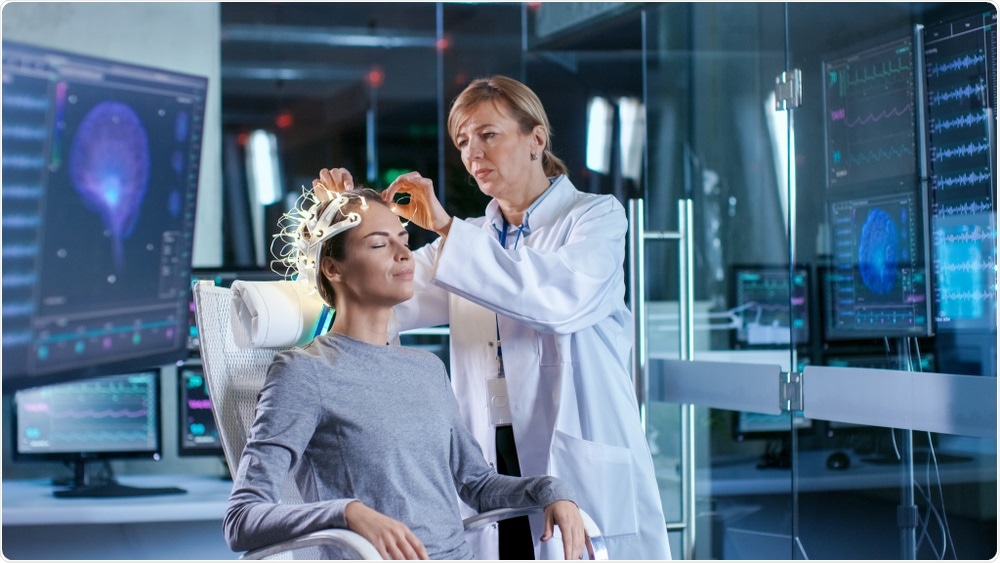Marina Domracheva and Sofya Kulikova, researchers from HSE University's campus in Perm, have discovered a new approach to analyze the perceived similarity of food products, based on electroencephalography (EEG) signals.

Image Credit: Gorodenkoff/Shutterstock.com
They note that the power of gamma oscillations can reflect similarities in a cross-modal approach. Their paper was published in the journal Food Quality and Preference.
The most common tools used to understand people's perception of food products are hall tests, surveys, and observations. There is a general assumption that consumers can evaluate and express their real preferences, but it is not uncommon when a consumer's expressed opinion of the product does not comply with their behavior. In addition, such research can be costly for companies.
Neuromarketing may help to eliminate these troubles. To analyze consumers' preferences, neuromarketing specialists can apply neuroimaging technologies, such as magnetic resonance imaging (MRI) and electroencephalography (EEG).
The researchers from HSE University used a cross-modal approach to study how food product similarity is assessed. This approach is based on the integration of senses from different modalities (taste, smell, and visual appearance) in an integral image of an object.
For this experiment, 18 participants tasted multi-cereal candies, and then looked at images of similar objects, such as cookies, cereal bars, or oatmeal. The respondents evaluated the similarities of each of these products with the candy they had just tried. While this was happening, their brain activity was recorded using EEG.
Two EEG-based metrics were considered as a potential measure of product similarity: the power of induced gamma oscillations during a 400-600 ms period after the presentation of a visual stimulus and an amplitude of N400 evoked response potentials.
In EEG-registered brain activity, oscillations of varying frequency and amplitude can be detected, which are related to various psychological processes. Gamma oscillations have frequency over 30 Hz and are detected when the brain is solving tasks that require focusing the attention and exchanging the information between different brain areas.
Evoked gamma oscillation with a power of 30-80 Hz is thought to ensure the distributed processing of information in various areas of the brain to form a common consistent perception of a given object on the basis of its various characteristics - visual, audial, and taste.
For example, if the vocalization of an animal is congruent with the animal's image, the power of the evoked gamma oscillations grows. The researchers also assumed that a similar effect may be observed when food products are compared. And indeed, when the respondents looked at products that were similar to multi-cereal candies (such as cereal bars), the power of the gamma oscillations was at their highest.
The amplitude of the N400-like negative difference component is registered by EEG when we see a minor error or incongruency: e.g, between a taste feeling and the visual perception of the product.When an experiment participant tasted the candy and then viewed an image of broccoli or fried potatoes, the amplitude was at its highest."
Sofya Kulikova
The N400-like component is a wave that appears on the EEG at about 400 ms after the onset of the stimulus and has a negative amplitude polarity.
It turned out that both approaches are reasonable, but the N400-like component amplitude displayed a high variability among the respondents. Therefore, in a perceived similarity assessment, it is better to rely on the power of gamma oscillations.
The approach discovered by the researchers may be applied to neuromarketing studies of food taste perception. In particular, this method can be a useful tool to study the perception of new innovative products manufactured with the use of innovative technologies, or from unconventional ingredients, to which consumers might be unaccustomed.